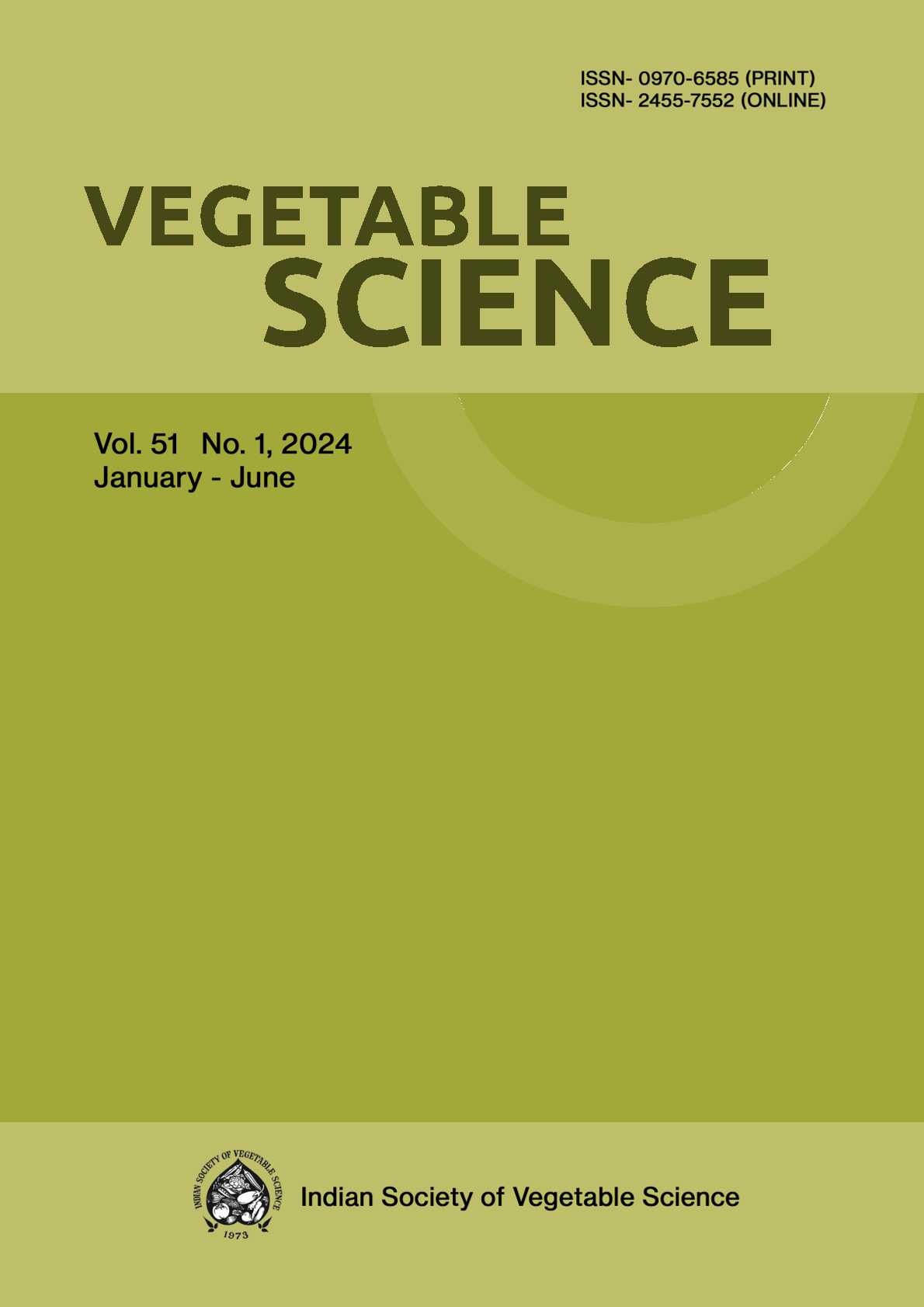LTR retroelement in genes related to abiotic stress in Capsicum annuum L.
DOI:
https://doi.org/10.61180/Keywords:
Gene therapy; Heat stress; LTRs, Retroelements, RNA Processing; Solanaceae; TransposonsAbstract
Long terminal repeats (LTRs) are a type of retrotransposons possessing all commonly found structural features of long interspersed element (LINEs), including RNA polymerase III promoter, polyA tail, and flanking repeats. Here we report identification and characterization of LTR element in abiotic stress genes of solanaceae family along with an attempt to explain their functional importance through their secondary structure. We retrieved 366 abiotic stress genes of 5 species of solanaceae family– Solanum lycopersicum, S. melongena, S. tuberosum, Nicotiana tabacum and Capsicum annuum from NCBI nucleotide Database. C. annuum, accession HI543260.1 with the gene Id gi|311377312 possesses the LTR region. The gene reportedly has role in stress tolerance and high yield production. In gene masking, 16 simple repeatsmwere detected, which best masked 569 bp out of 308042 bp, however, in protein masking 1 LTR (Ty1/copia) of 83 bp, 17 simple repeats of 603 bp and 15 low complexity regions of 514 bp were detected when masked 1200 bp out of 308042 bp. Secondary structure of the LTR region obtained, has low thermodynamic energy i.e. -12.40 kcal/mol and for the whole gene sequence it is -208.31 kcal/mol, denoting stability and its role in gene therapy and RNA processing. The findings shall be useful in gene delivery process, genome evolution, TE regulation, transposition mechanism, transgenesis, gene therapy and understanding of its biological structure and functions.
Downloads
Published
Issue
Section
License

This work is licensed under a Creative Commons Attribution-NonCommercial-NoDerivatives 4.0 International License.






